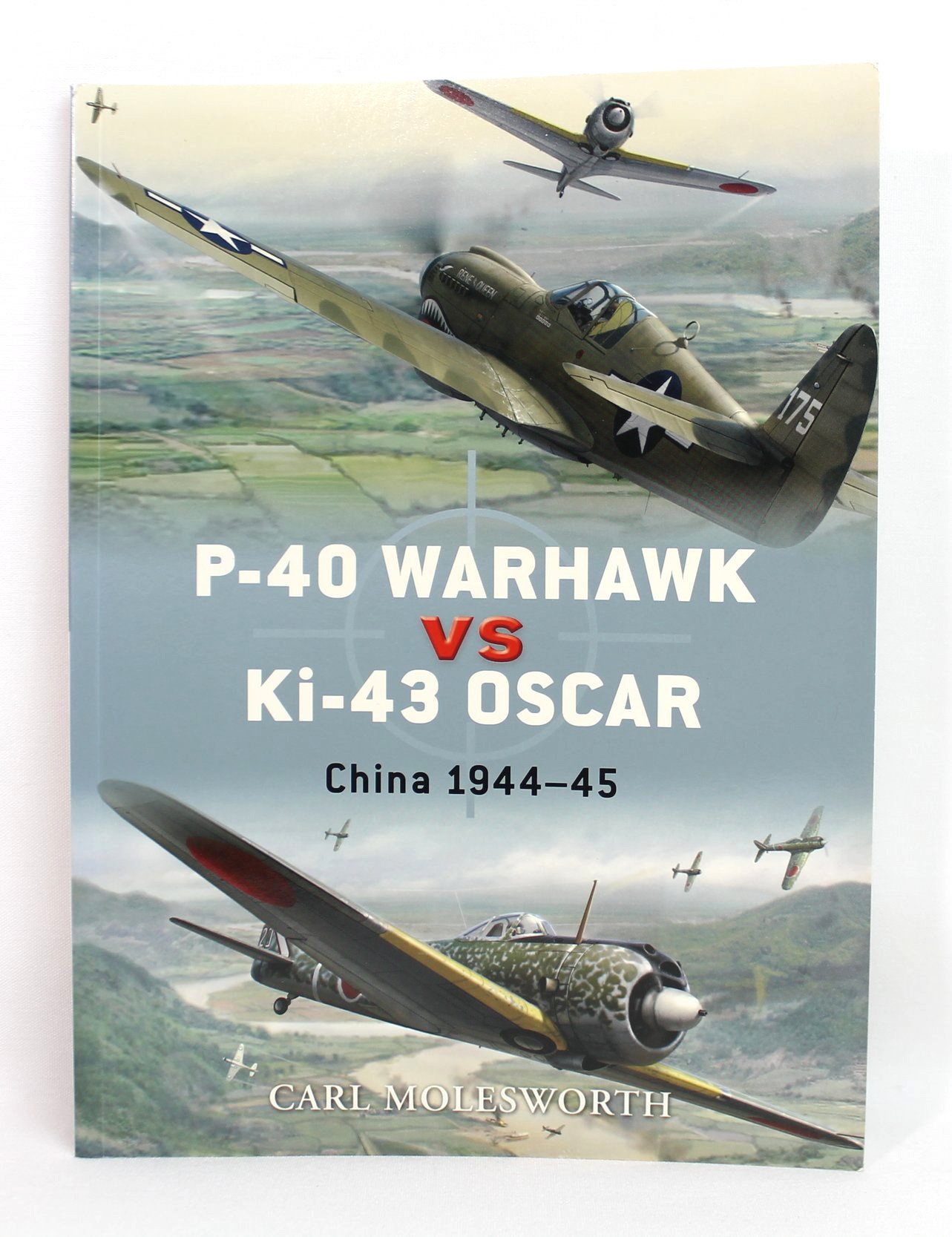 Image 1 of 3
Image 1 of 3

 Image 2 of 3
Image 2 of 3

 Image 3 of 3
Image 3 of 3




Tirpitz: The Life and Death of Germany's Last Super Battleship by Niklas Zetterling and Michael Tamelander
The Germans, for their part, had learned not to pit their super battleships against the strength of the entire Home Fleet outside the range of protecting aircraft. Thus they kept Tirpitz hidden within fjords along the Norwegian coast, like a Damocles Sword hanging over the Allies’ maritime jugular, forcing the British to assume the offensive. This strategy paid dividends in July 1942 when the Tirpitz merely stirred from its berth, compelling the Royal Navy to abandon a Murmansk-bound convoy called PQ-17 in order to confront the leviathan. The convoy was then ripped apart by the Luftwaffe and U-boats, while the Tirpitz returned to its fjord. In 1943, the British launched a flotilla of midget submarines against the Tirpitz, losing all six of the subs while only lightly damaging the battleship. Aircraft attacked repeatedly, from carriers and both British and Soviet bases, suffering losses—including an escort carrier—while proving unable to completely knock out the mighty warship. Trying an indirect approach, the British launched one of the war’s most daring commando raids—at St. Nazaire—in order to knock out the last drydock in Europe capable of servicing the Tirpitz. Of over 600 commandos and sailors in the raid, more than half were lost during an all-night battle that succeeded, at least, in knocking out the drydock. It was not until November 1944 that the Tirpitz finally succumbed to British aircraft armed with 10,000-lb Tallboy bombs, the ship capsizing at last with the loss of 1,000 sailors.
Condition: New
Pages: 256 Paperback
Dimensions: 6x9
Author: Niklas Zetterling, Michael Tamelander
Publisher: Casemate
The Germans, for their part, had learned not to pit their super battleships against the strength of the entire Home Fleet outside the range of protecting aircraft. Thus they kept Tirpitz hidden within fjords along the Norwegian coast, like a Damocles Sword hanging over the Allies’ maritime jugular, forcing the British to assume the offensive. This strategy paid dividends in July 1942 when the Tirpitz merely stirred from its berth, compelling the Royal Navy to abandon a Murmansk-bound convoy called PQ-17 in order to confront the leviathan. The convoy was then ripped apart by the Luftwaffe and U-boats, while the Tirpitz returned to its fjord. In 1943, the British launched a flotilla of midget submarines against the Tirpitz, losing all six of the subs while only lightly damaging the battleship. Aircraft attacked repeatedly, from carriers and both British and Soviet bases, suffering losses—including an escort carrier—while proving unable to completely knock out the mighty warship. Trying an indirect approach, the British launched one of the war’s most daring commando raids—at St. Nazaire—in order to knock out the last drydock in Europe capable of servicing the Tirpitz. Of over 600 commandos and sailors in the raid, more than half were lost during an all-night battle that succeeded, at least, in knocking out the drydock. It was not until November 1944 that the Tirpitz finally succumbed to British aircraft armed with 10,000-lb Tallboy bombs, the ship capsizing at last with the loss of 1,000 sailors.
Condition: New
Pages: 256 Paperback
Dimensions: 6x9
Author: Niklas Zetterling, Michael Tamelander
Publisher: Casemate








































